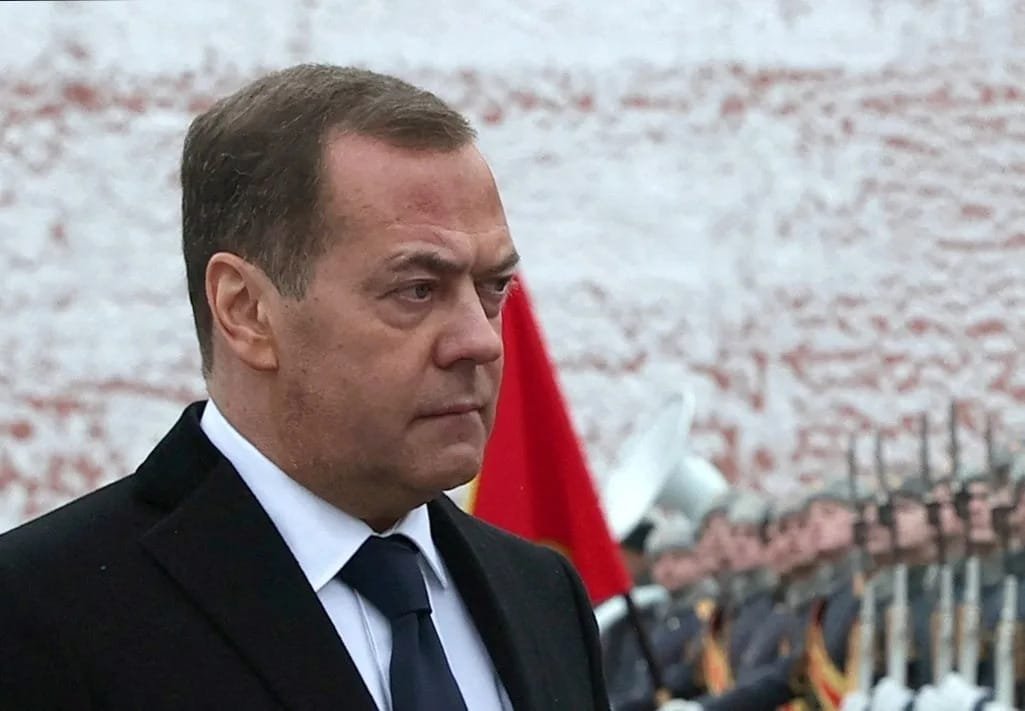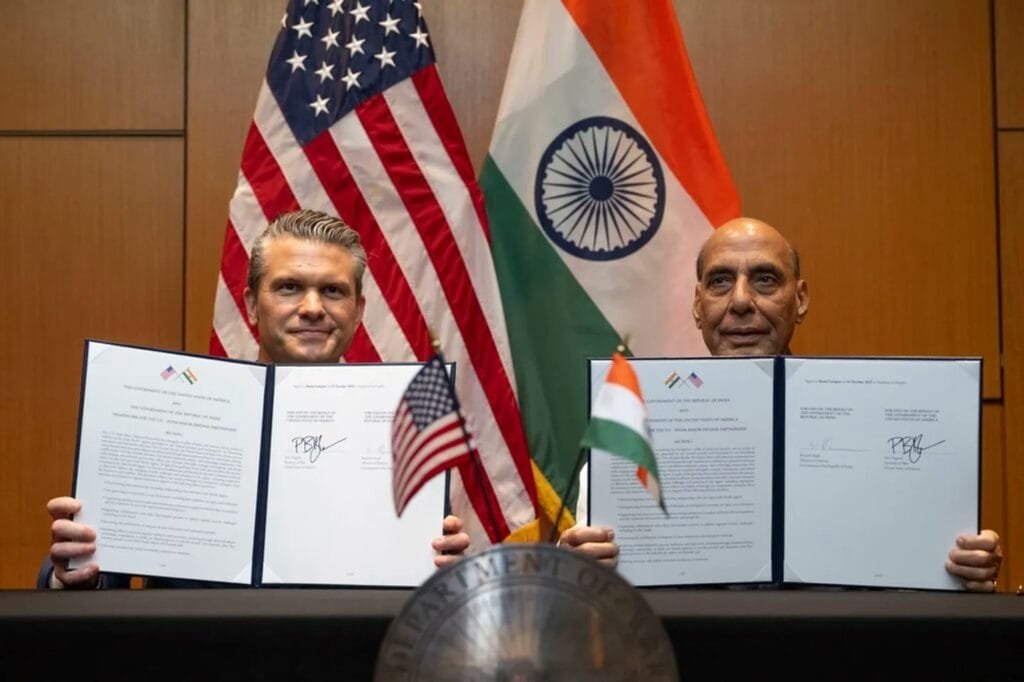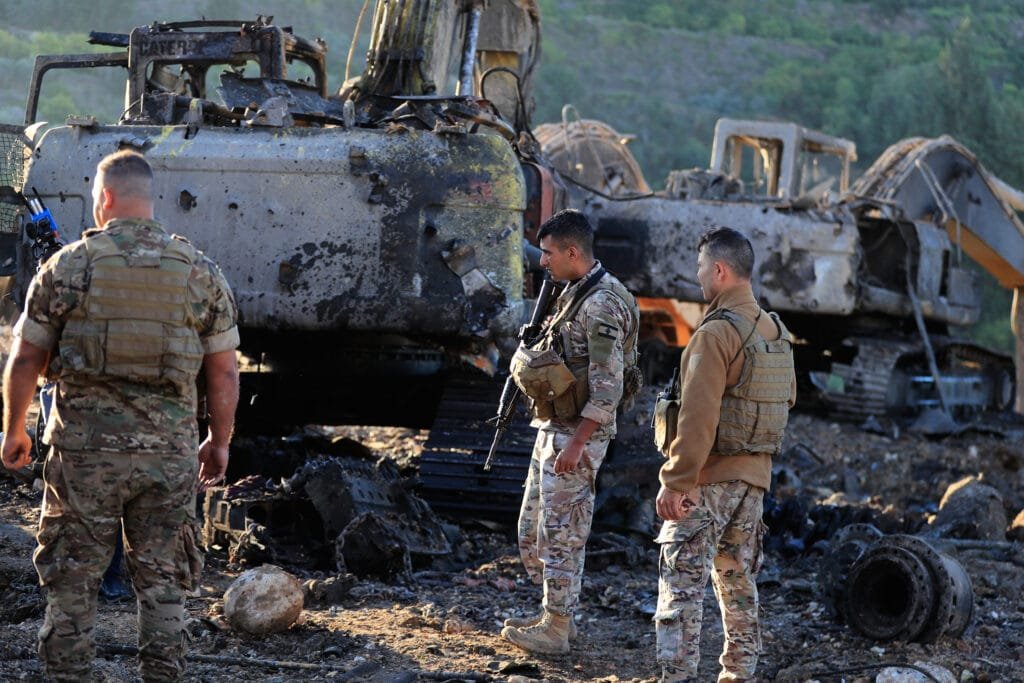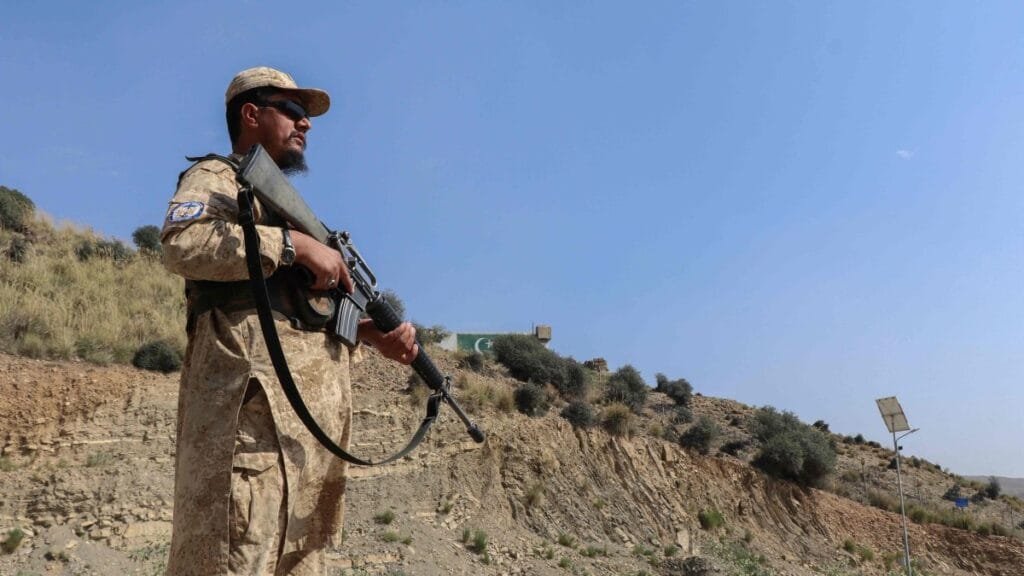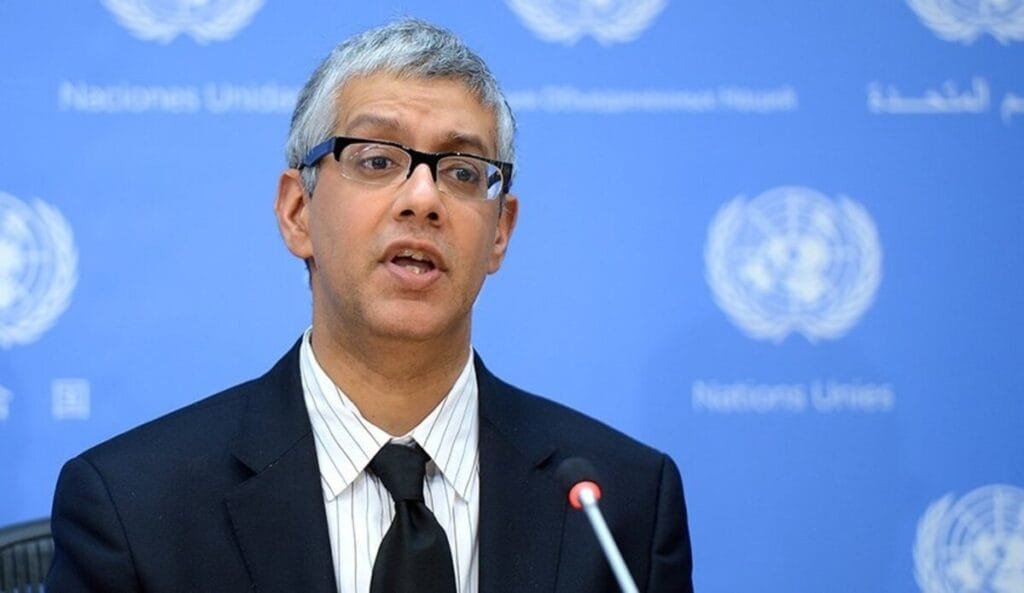Russia has formally ended its self‑imposed moratorium on the deployment of short- and intermediate-range missiles, with the Foreign Ministry declaring on August 4, that “conditions for maintaining a unilateral moratorium… have disappeared,” citing the U.S. and NATO’s movement toward stationing INF‑class weapons in Europe and the Asia-Pacific as direct threats to Russian security. Former President and current Security Council Deputy Chairman Dmitry Medvedev, in response, blamed NATO’s “anti‑Russian policy” and warned on X that “this is a new reality all our opponents will have to reckon with. Expect further steps”.
Medvedev’s statement follows a heated exchange with U.S. President Donald Trump, who recently ordered two nuclear submarines to be deployed “in the appropriate regions” amid rising tensions over nuclear escalation rhetoric . While Medvedev did not detail the “steps” he foresees, Kremlin spokesman Dmitry Peskov emphasized Russia’s right to respond as conditions demand, without specifying timelines or deployment zones.
The shift marks a significant reversal from Russia’s previous stance following the U.S. withdrawal from the 1987 INF Treaty in 2019, which banned ground-launched missiles with ranges of 500 to 5,500 km. Russia had maintained the freeze until now, even as it developed systems like the hypersonic Oreshnik missile, which is slated for deployment in Belarus later this year . Analysts warn the move risks escalating a new missile arms race across Eurasia, narrowing response times and heightening the threat of unintended nuclear confrontation.

